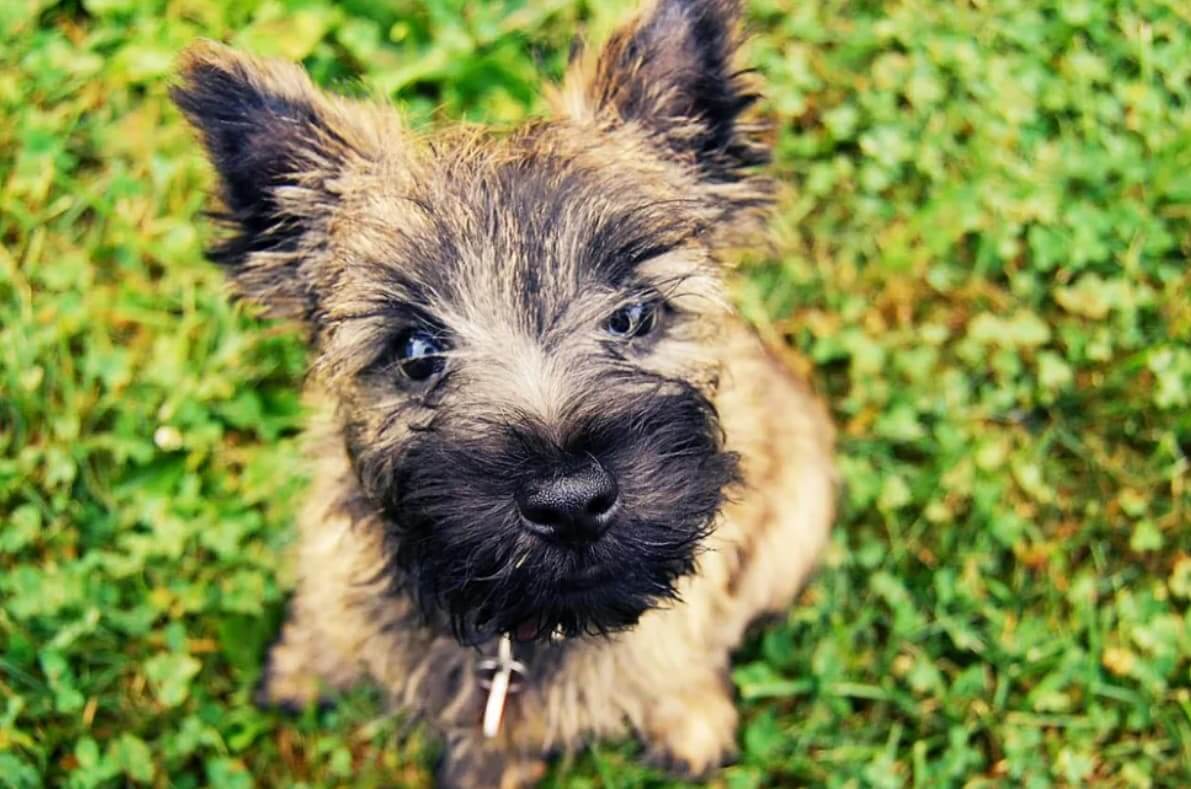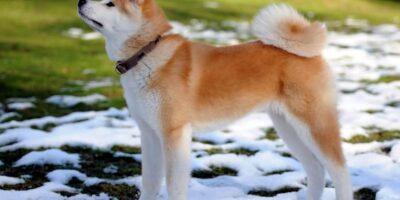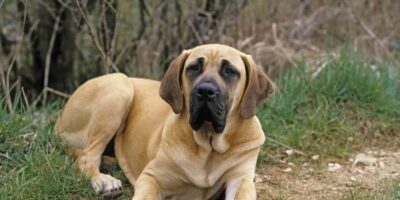The short-legged Cairn Terrier has a robust frame, a “foxy” look, and tiny ears with pointy tips. These little worker dogs are not very hefty, but their muscles are reasonably well-developed.
They have a thick, durable outer coat and a short, soft undercoat that sticks to their bodies.
Kern terriers may be found in cream, wheat, red, gray, or virtually black with spots of various hues. A mature dog is between 28 and 31 centimeters tall and weighs between 6 and 7 kg.
- Dogs suited for knowledgeable owners
- It requires training of some kind
- Favors vigorous strolls
- One-hour preference for daily walking
- Small dog
- Weak salivation
- It requires weekly grooming
- The breed is not hypoallergenic
- A very loud dog
- Watchdog
- Training may be required to coexist with different animals
- Socialization with children may need training
Origins
The Western Isles of Scotland, namely the Isle of Skye, is where the Kern Terriers originated. Since 1500, the breed has existed.
Small yet courageous, the Cairn terrier assisted in the struggle against predators. The Cairn, the Skye, the West Highland White, and the Scottish Terrier are the four breeds that came from the huge number of terrier-type dogs.
Character
It is a cheerful, alert, energetic, and friendly dog that may be educated to interact nicely with youngsters. Additionally, it gets along well with other dogs, despite its somewhat obstinate nature.
You should train your dog to tolerate cats and other pets from a young age, or else he will pursue them as an adult. This dog may be headstrong and independent. Therefore, training must be administered with care and consistency.

Behavior
These little dogs do not seem to be aware of their size! These canines have a lively demeanor and are often quite loud. People who want to explore, dig, think quickly, and enjoy active fun will find them to be excellent companions. Regardless of their size, they need a great deal of physical exercise and stimulation.
Additionally, you must give them an outlet for their desire to shred, rip, drag, and chew everything. Despite extensive training, they can get along with their cats, but they may be hostile toward other cats or tiny hairy creatures.
Health
Before breeding a dog, it is essential to examine its eyes and hips. Still, like many other small breeds, they can have kneecap dislocations and other hip issues.
Physical Exercise
This breed is very active and requires at least one hour of daily playtime. Their hunting instincts, however, are so powerful that they are quick to flee when searching for prey. Therefore, always exercise your dog in secure settings and teach him to consistently react to his name.
The “terrier character” of these dogs motivates them to dig, whether in the countryside or in your rose garden. Therefore, give your dog his region to dig in.
Nutrition
Small breed dog diets are carefully created to fulfill the unique dietary requirements of small dogs. Foods are broken down to match the tiny size of a dog’s jaw, making chewing simpler and improving digestion.
Hair Care
Weekly brushing and combing is necessary for “double” protective Kern terrier coats. During moulting, which typically happens twice a year, extra or dead hair must be manually removed.


